This website uses cookies
This website uses cookies to enable it to function properly and to analyse how the website is used. Please click 'Close' to accept and continue using the website.


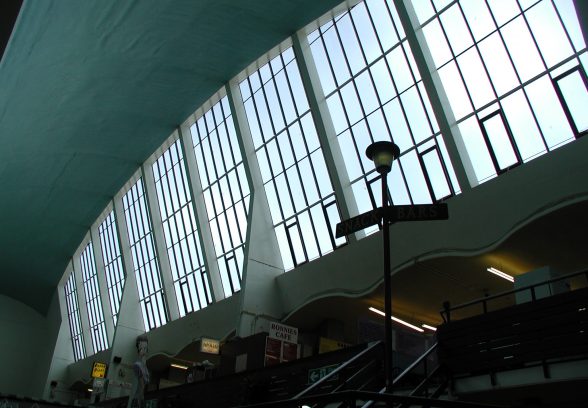
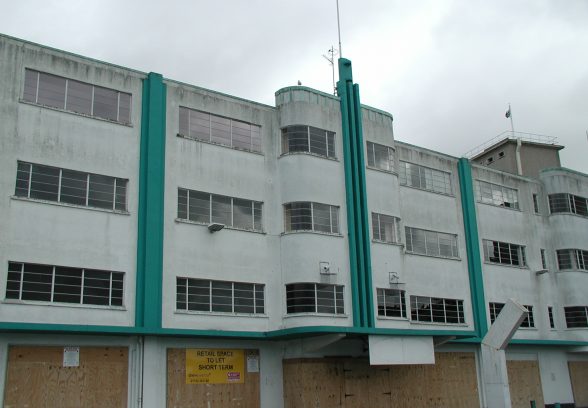
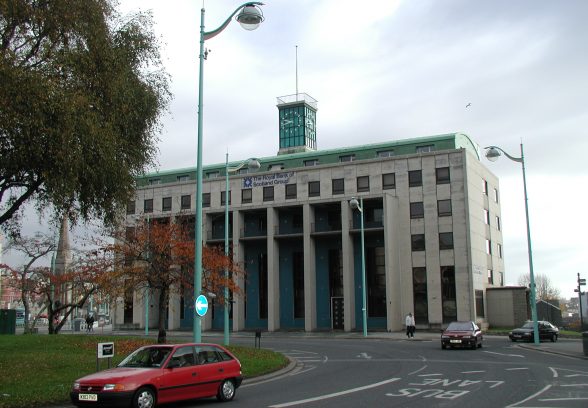
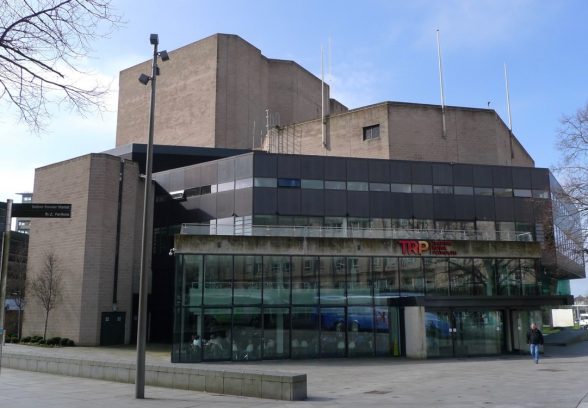
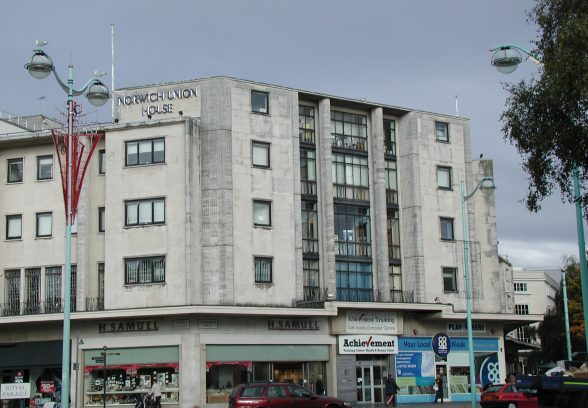
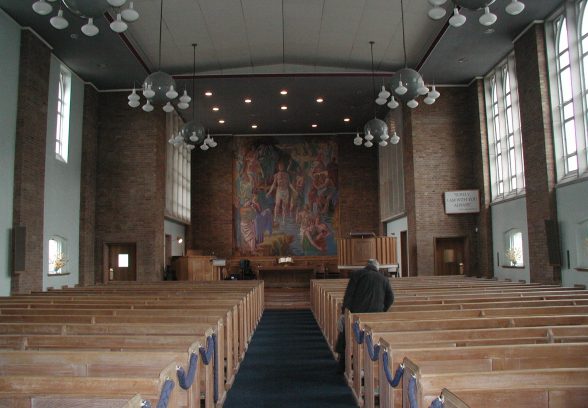
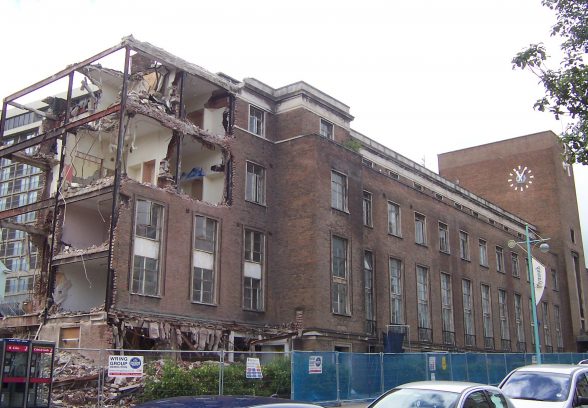
In our Conservation Areas Research Project in 2017-18 we highlighted the need for many more conservation areas focused on post-war heritage. One of our top recommendations was Plymouth City Centre. We are delighted that Plymouth City Council now look as though they agree with us. The final hurdle is a Cabinet meeting next week – we’ve got our fingers crossed for a positive outcome.
Plymouth’s City Centre was reconfigured in the aftermath of extensive bombing during WWII, and the city’s Post-War plan, designed by Sir Patrick Abercrombie, took a revolutionary approach to designing a modern urban environment. The Society has long been championing Plymouth as a city full of innovative and ambitious post-war buildings that line Abercrombie’s formal boulevards and pedestrianised precincts. Plymouth doesn’t have a local list, meaning CA status offers formal protection for many high-quality post-war buildings for the first time. Unfortunately for a handful of buildings such as the former NAAFI building, designation will come too late, however we are encouraged to see that perceptions towards post-war heritage are changing.
The vast majority of post-war shops, offices, civic buildings, and leisure facilities located in the city centre are still standing but many are in need of some sensitive attention. We’re hopeful that this designation will also lead to heritage funding opportunities to help bring Plymouth back to looking its best. The decision is also a big step towards instilling a greater awareness of and sensitivity towards post-war architecture and landscaping across the whole city. Historic England have been instrumental in making this designation happen, advocating the importance and benefits of a CA designation to Plymouth City Council’s planners and councillors. We are very pleased that Plymouth have taken the plunge, and we hope this will be the first of many similar designations that improve the reality that a measly 4% of conservation areas in England are designated primarily for their twentieth century heritage.
UPDATE:
On 9 July Plymouth City Council approved plans for the new conservation area in the city centre, with Tudor Evans, the leader of Plymouth City Council, saying: “I am delighted we have agreed the new city centre conservation area… Plymouth has a wealth of post-war architecture and a rich cultural offer which we are keen to preserve.” Following our long campaign to protect the post-war city centre we applaud this decision, and give credit to the council for its decision. The conservation area will help to improve the city centre and protect its heritage assets, while also acting as a driver for regeneration and investment in this historic city. Read the council’s press release here

Become a C20 member today and help save our modern design heritage.